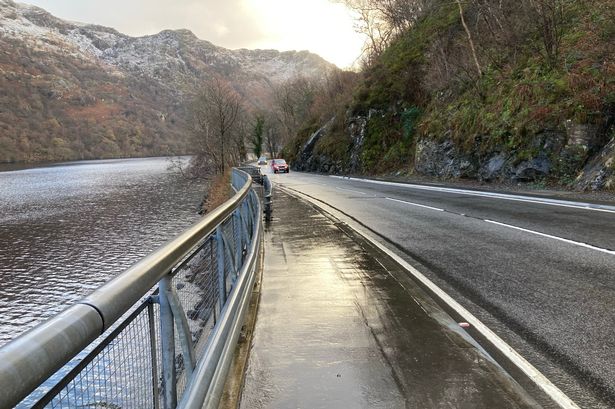Your cart is currently empty!
Campaigners urge residents to sign petition to ‘save the bonnie banks of Loch Lomond’ over A82 upgrade

Campaigners in Loch Lomond are rallying residents to sign a petition aiming to “save the bonnie banks” from a proposed upgrade to the A82 road. The Helensburgh and District Access Trust and The Friends of Loch Lomond and The Trossachs are leading the charge, calling for a reevaluation of plans to enhance the stretch between Tarbet and Inveraranan.
The Scottish Government’s preferred option for the upgrade involves creating a ‘low road’, a decision that the campaigners argue was made without a thorough cost benefit analysis of all alternatives. They advocate for a ‘high road’ option that would conserve 17 kilometers of the old road, ancient oak woods, parts of historic General Wade’s Road, and pristine shoreline to protect wildlife habitats and allow for ecological preservation with minimal impact.
The Citizen Participation and Public Petitions Committee of the Scottish Parliament is set to revisit the petition on November 27. John Urquhart representing the campaigners expressed delight at the continued support, with over 700 signatures endorsing the cause. Professor Lynne Pearce of Lancaster University has also thrown support behind the petition, emphasizing the cultural and recreational significance of the road for generations.
Transport Minister Fiona Hyslop has previously stated that the campaigners’ proposed alternative is not a feasible option, citing engineering and environmental challenges. However, the campaigners persist in their efforts to push for a rethink of the upgrade plans to safeguard the natural beauty and historical significance of Loch Lomond’s shores.
In conclusion, the efforts of the campaigners in Loch Lomond to preserve the environmental and cultural heritage of the area are commendable. Their dedication to protecting the beauty of the bonnie banks of Loch Lomond showcases the importance of community engagement in environmental conservation initiatives. It is vital for authorities to consider the perspectives of local residents and conservation groups in making decisions that impact natural landscapes and wildlife habitats.
